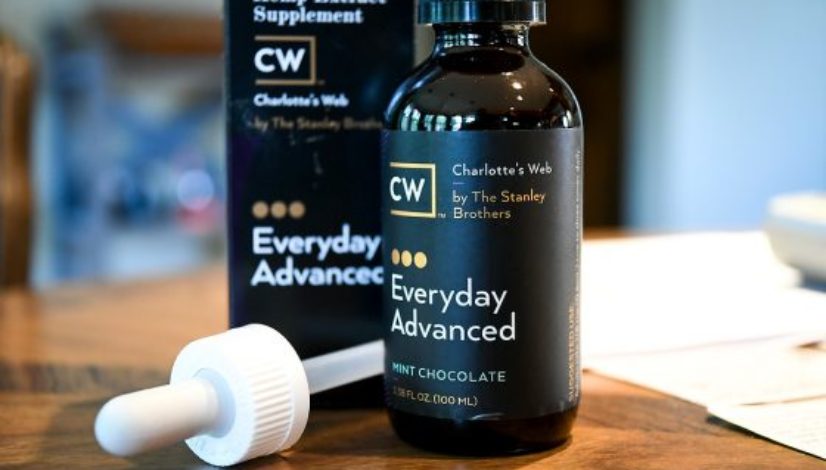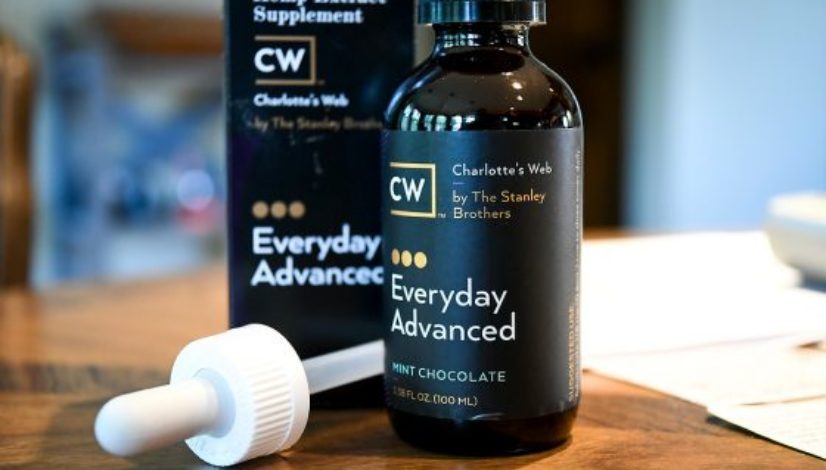I work to protect children from marijuana. My epileptic son could benefit from it.

Published: Jul 26, 2017, 2:14 pm • Updated: Jul 26, 2017, 3:04 pm
By Diane Carlson, Special To The Denver Post
My son’s first grand mal seizure came completely out of the blue. He was almost 2 and had been outside playing with his siblings. When they came in for lunch, he fell. His small frame rattled against the wood kitchen floor; he started turning blue and stopped breathing.
It didn’t take long before our lives were in a constant state of panic. Medications seemed to only change the types and intensity of the seizures. A new prescription might reduce the number of seizures, yet in weeks he’d be back to over 80 a day.
Like any parents, we would have done anything to stop our child from suffering. Our miracle turned out to be the Ketogenic Diet, a high-fat treatment for seizures that few doctors at the time felt comfortable recommending.
My husband and I were excited to recently learn that Dr. Orrin Devinsky, the remarkably competent and compassionate doctor who recommended we try the Ketogenic Diet, is now testing a promising therapy for a severe form of epilepsy that uses cannabidiol (CBD), a chemical found in marijuana.
So far, you may feel like you’ve read this story before.
Related stories
- Federal lawsuit against Sessions and DEA says marijuana’s Schedule I status unconstitutional
- With DEA digging in its heels on “marijuana extracts,” legality of CBD oil on trial in federal courts
- How advocates are inspiring members of Congress to champion national CBD oil legalization
- Forbidden medicine: Caught between a doctor’s CBD advice and federal laws
- “People are desperate”: Parents, doctors place epileptic children in trials to get FDA approval of CBD oil
But here’s the twist: My husband and I helped co-found Smart Colorado, which works to protect Colorado youth from marijuana commercialization. In that role, we have volunteered many thousands of hours to highlight the dangers marijuana poses to the adolescent brain.
Understanding how we can reconcile these two perspectives requires a bit of background about the chemistry of marijuana.
Marijuana is typically referenced in broad terms that attribute a wide range of risks or benefits to it.
But the marijuana plant has hundreds of chemicals. Two get the most attention: CBD and THC.
THC, short for tetrahydrocannabinol, is marijuana’s main mind-altering ingredient and the chemical that harms growing brains.
Since the legalization of marijuana, THC potency in Colorado’s marijuana products has skyrocketed.
In the early 1990s, marijuana nationally averaged about 3.7 percent THC, according to the National Institute on Drug Abuse, and even though some may doubt those findings, what’s clear is that in Colorado’s market THC levels are on the rise.
According to state research, average potency of flowers/buds in Colorado more recently was 17.1 percent THC while the average potency for concentrates was 62.1 percent. Potency rates of up to 95 percent have been recorded. And this is delivered in once-unimaginable forms, from drinks and candies to “dabbing” where users heat nearly pure THC resin with blow torches and inhale the smoke.
After we had addressed our son’s seizures, we saw this marijuana proliferation as another emerging threat to our children and many other kids.
With new appreciation of the vulnerabilities and wonders of the developing brain, we learned that our teenage kids and their friends believed that all marijuana was rather harmless and a potential cure-all for nearly any discomfort or illness.
Given the barrage of marijuana advertising (some for medical marijuana with reassuring green crosses), it’s understandable that fewer high school students now see marijuana use as risky, according to state research.
The key is understanding marijuana is not all the same. Products that are high in CBD and have low to no THC may have medical benefits. But high-THC products have been shown to damage developing brains. This is the message that needs to get out.
The subject of the new seizure research is a liquid form of CBD that doesn’t include THC so it doesn’t make users high.
A different Colorado-made product — branded as Charlotte’s Web — has 0.3 percent or less THC. Parents have turned to it for relief from their children’s seizures. Others like former Denver Broncos’ quarterback Jake Plummer believe it offers an alternative to potent prescription painkillers. Charlotte’s Web is categorized as hemp, and is legal in all 50 states.
Kids get one shot at a promising childhood. We need to help them understand the science of marijuana and their brains to help them make smart choices.
Diane Carlson is co-founder Smart Colorado, a nonprofit that formed after the passage of Colorado’s Amendment 64 in 2012.
To send a letter to the editor about this article, submit online or check out our guidelines for how to submit by email or mail.
This story was first published on DenverPost.com
Topics: cannabidiol, cannabis kids, cbd, commentary, epilepsy, potency, smart colorado, thc




